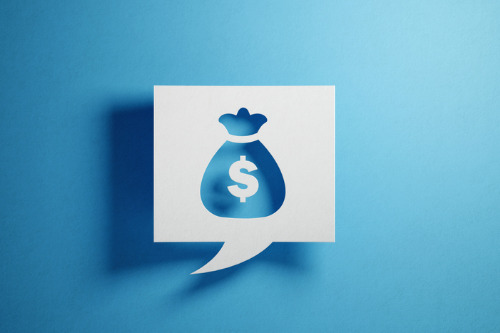

On the evening of 6 October, Treasurer Josh Frydenberg shared the federal government's budget for 2020-21 which will see an additional $98bn committed to Australia's economic recovery – $25bn in direct COVID-19 response measures and $74bn allocated towards creating jobs – to further the impact of the $257bn in direct support which has already been provided. Given the plan's main focus is helping the country get through the COVID-19 recession, the 2020-21 budget has come with a record deficit rather than a surplus.
“Our economic and fiscal strategy sets out the path to grow the economy, stabilise debt, and then reduce it over time,” Treasurer Frydenberg explained.
“It has two phases. First, it focuses on boosting consumer and business confidence, growing the economy and creating jobs.
“Once the recovery has taken hold and the unemployment rate is on a clear path back to pre-crisis levels, comfortably below 6%, we will move to the second phase where there is a deliberate shift from providing temporary and targeted support to stabilising gross and net debt as a share of the economy.”
Tax relief
The 2020-21 budget outlined significant tax relief for both individuals, “to put more money into the pockets of 11 million hard working Australians and their families”, and for businesses, to “unleash a wave of investment across the country”.
Individual
Stage two of the government’s personal income tax plan has been brought forward by two years, meaning that from 1 July 2020:
In 2020-21, low-and middle-income earners will also receive a one-off additional benefit of up to $1,080 from the low and middle income tax offset (LMITO).
Taken all together, the government expects more than 7 million individuals to receive tax relief of $2,000 or more for the 2020-21 income year.
Businesses
Perhaps most notably, the government will now allow 99% of businesses to write off the full value of assets they purchase, building on from the “successful expansion” of the instant asset write-off it initially introduced in response to COVID-19 earlier this year.
Businesses with a turnover of up to $5bn will be able to immediately deduct the full cost of eligible depreciable assets acquired from 6 October 2020 and first used or installed by 30 June 2022 – a provision Treasurer Frydenberg has dubbed a “game changer”.
“Every sector of our economy, every corner of our country, will benefit,” he said.
The government will also temporarily allow companies with a turnover of up to $5bn to offset tax losses against previous profits on which tax has been paid, to generate a refund.
Further, $105m in tax relief has been provided to expand access to a range of small business tax concessions by lifting the aggregated annual turnover threshold for these concessions; businesses with an aggregated annual turnover between $10m and $50m will be able to access up to ten small business tax concessions.
Housing provisions
In his speech last night, Treasurer Frydenberg also addressed what will be done regarding the housing market.
“Tonight we help thousands more Australians achieve home ownership, and support thousands of jobs in the construction industry,” he said.
This was partially accomplished through creating 10,000 more spots for first home buyers to purchase a new home under the government’s First Home Loan Deposit Scheme, given that the places for the 2020-21 period had already been fully reserved.
Further, an additional $1bn of low cost finance has been allocated to support the construction of affordable housing, bringing the total concessional finance made available to community housing providers to $3bn.
Job creation
Treasurer Frydenberg made it clear the budget hinged on job creation as “there is no economic recovery without a jobs recovery”.
As such, the government has launched JobMaker, an initiative which provides hiring credit to employers who hire eligible employees aged 16-35 for up to 12 months for each new job, paid quarterly at the rate of $200 per week for those aged between 16-29, and $100 per week for 30-35.
To be eligible, employers need to demonstrate an increase in overall employee headcount and payroll for each new position created. Treasury estimates the $4bn initiative will support around 450,000 jobs for young people.
The budget also made a “record investment” in upskilling and reskilling Australians.
“We have established the $1bn JobTrainer fund to create up to 340,000 free or low‑cost training places for school leavers and job seekers. We have also committed $2.8bn to protect 180,000 apprenticeships and trainees,” said Treasurer Frydenberg.
“[Now], we go further. We commit an additional $1.2bn to create 100,000 new apprenticeships and traineeships, with a 50% wage subsidy for businesses who employ them.
"More people in jobs means a stronger budget position," he finished.
More budget coverage to come
